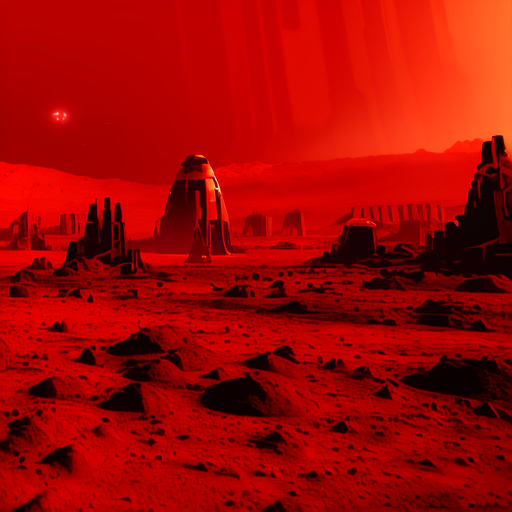One-line Summary:
In “Red Mars,” a group of scientists and engineers embark on a mission to colonize and terraform Mars, but their conflicting ideologies and personal ambitions lead to political turmoil and a struggle for control over the future of the planet.
Exploring the Red Planet
“Red Mars” takes readers on a captivating journey to the Red Planet, where a team of scientists and engineers are tasked with transforming Mars into a habitable environment for humans. Led by visionary scientist Dr. Sax Russell, the group faces numerous challenges as they work to terraform the planet and establish a permanent human presence.
As the team begins their mission, they encounter a harsh and unforgiving Martian landscape. They must devise innovative solutions to overcome the planet’s thin atmosphere, extreme temperatures, and lack of water. Through the use of advanced technology and scientific knowledge, they gradually make progress in their efforts to transform Mars.
However, the process of terraforming Mars is not without controversy. The team is divided into two factions: the “Reds,” who believe in preserving Mars in its natural state, and the “Greens,” who advocate for radical changes to make the planet more Earth-like. This ideological clash leads to intense debates and political struggles, threatening to derail the entire mission.
Political Turmoil and Personal Ambitions
As the colonization of Mars progresses, the political landscape becomes increasingly complex. The team establishes a governing body known as the Martian Constitution, but power struggles and personal ambitions quickly come into play. Different factions vie for control over the future of Mars, leading to betrayals, alliances, and shifting loyalties.
The characters in “Red Mars” are deeply flawed and complex individuals, each with their own motivations and desires. Sax Russell, the brilliant scientist who initially spearheads the mission, becomes disillusioned with the direction it takes and becomes a reluctant revolutionary. Maya Toitovna, a Russian engineer, becomes a key figure in the political maneuvering, using her intelligence and cunning to advance her own agenda.
The Ethical Dilemmas of Colonization
“Red Mars” delves into the ethical dilemmas surrounding the colonization of another planet. The book raises thought-provoking questions about humanity’s responsibility to the environment and the potential consequences of playing god with another world. It explores the tension between scientific progress and the preservation of natural ecosystems.
Through vivid descriptions and meticulous attention to scientific detail, author Kim Stanley Robinson paints a realistic and immersive picture of what it might be like to colonize Mars. He skillfully weaves together scientific concepts, political intrigue, and human drama to create a compelling narrative that keeps readers engaged from start to finish.
Key Takeaways:
- The colonization of Mars raises complex ethical questions about humanity’s responsibility to the environment and the potential consequences of altering another planet.
- Conflicting ideologies and personal ambitions can lead to political turmoil and a struggle for control over the future of a new world.
- The success of a colonization mission depends on the ability to overcome scientific challenges and work together as a team.
“If we want to terraform, we can’t just go around smashing things up. We have to be careful, and we have to be patient.”
In conclusion, “Red Mars” is a thought-provoking and immersive exploration of the challenges and complexities of colonizing another planet. It raises important questions about our relationship with the environment and the ethical implications of altering celestial bodies. With its richly developed characters and intricate political dynamics, the book offers a compelling and realistic vision of humanity’s future in space.












